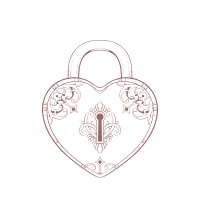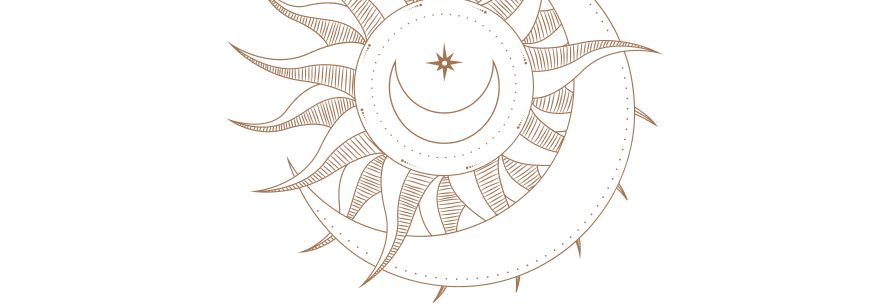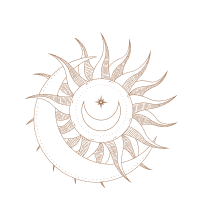
The Influence Of Birth Chart Aspects
Delve into the pivotal role of astrological aspects in shaping your birth chart's narrative and potential.
article by Priya Deshmukh
The Basics of Birth Chart Aspects
In the realm of astrology, a birth chart, also known as a natal chart, represents the cosmic snapshot of the sky at the exact moment you were born. This celestial map not only pinpoint the positions of the Sun, Moon, and planets in various zodiac signs but also reveals the angles or 'aspects' they form with one another. Aspects are critical in astrology as they can amplify or diminish the energies of the planets involved, carving out a unique astrological profile for an individual. Whether you are an adept astrologer or a curious newcomer, understanding these aspects is key to deciphering the complex tapestry of influences that shape our lives.
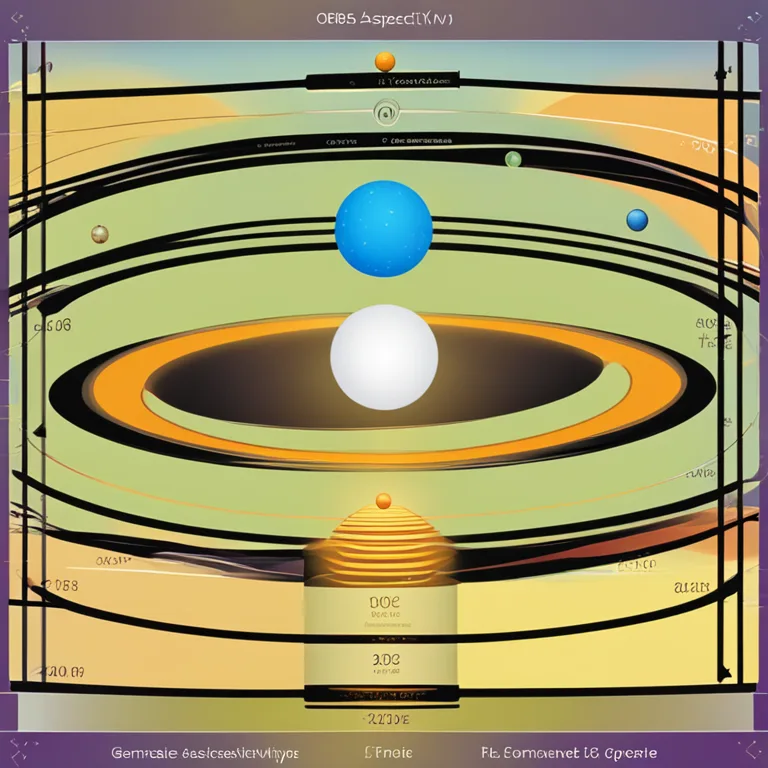
The Major Aspects to Watch
Astrologers prioritize five major aspects, which include conjunctions, sextiles, squares, trines, and oppositions. A conjunction occurs when two planets are zero degrees apart, merging their energies for good or ill. Sextiles, forming at 60 degrees, hint at talents and opportunities. The challenging square aspect arises at 90 degrees, bringing tension and conflict that demand action. Harmonious trines appear at 120 degrees, offering natural flow and ease. Finally, oppositions, at 180 degrees, reflect polarities that necessitate balance and integration. These interactions between celestial bodies symbolize the diverse experiences and lessons we are bound to encounter throughout our journey.
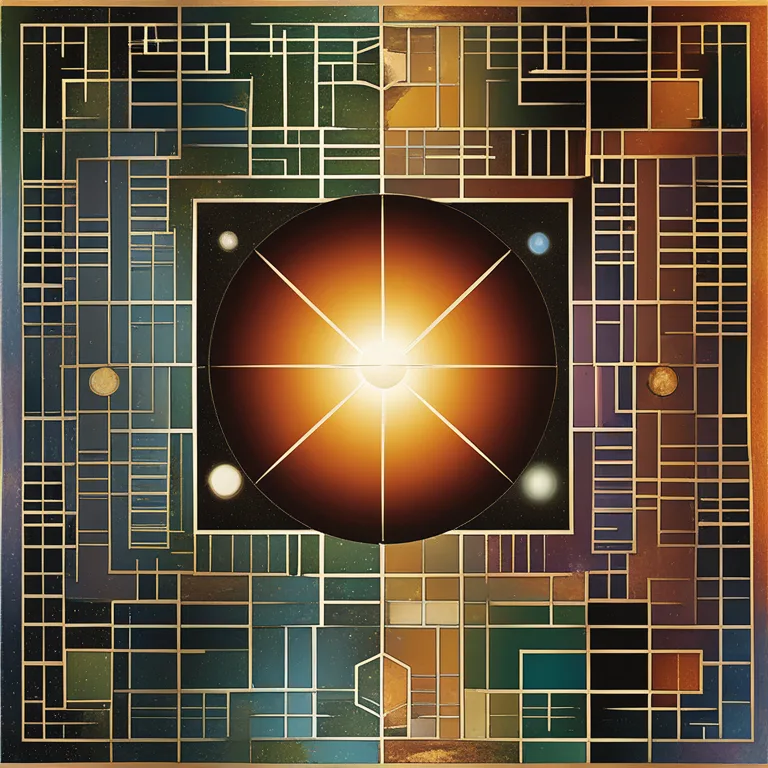
The Minor Aspects and Their Subtleties
Beyond the major aspects, astrologers also consider a variety of minor aspects that contribute additional nuances to the birth chart's story. These include the semi-sextile (30 degrees), quincunx (150 degrees), and the fiery sesquiquadrate (135 degrees), among others. These aspects often bring subtler themes and undercurrents to the narrative, revealing complexities in personality and fate that the major aspects might overlook. As astrology evolves with time, so does the appreciation for these less dominant but equally intriguing cosmic relationships.
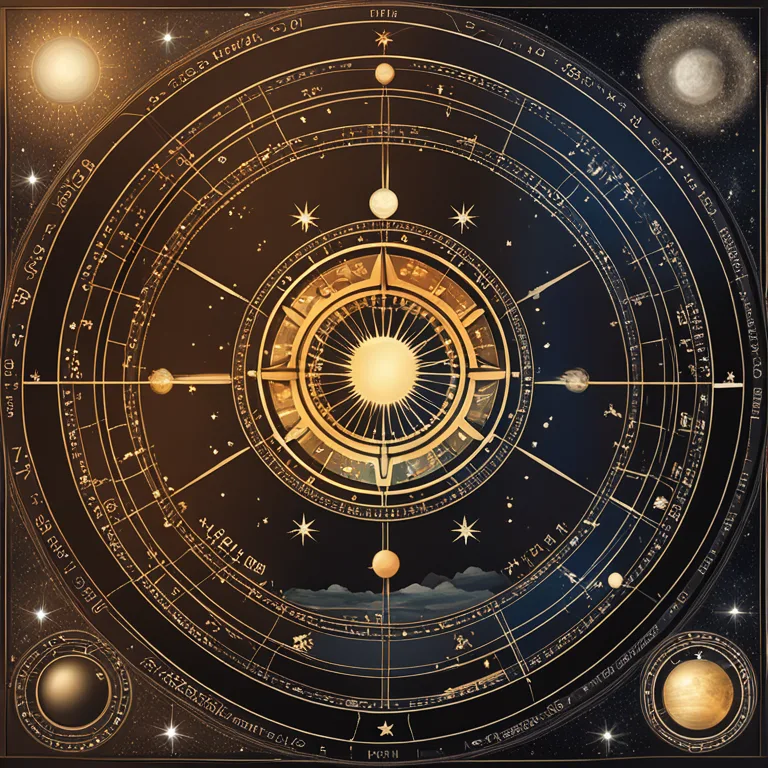
Orbs and Aspect Sensitivity
The 'orb,' or the allowed degree of deviation from the exact angle, is essential in weighing an aspect's influence. Traditionally, a tighter orb signifies a stronger aspect. As contemporary astrology encourages personalization, the orb can vary based on the astrologer's approach and the planets involved. Larger orbs might be considered for luminaries like the Sun and Moon, while tighter orbs are reserved for the less dominant forces of Mercury, Venus, and Mars. Adapting orb allowances ultimately plays a role in the resonance and application of a birth chart in practical astrology.
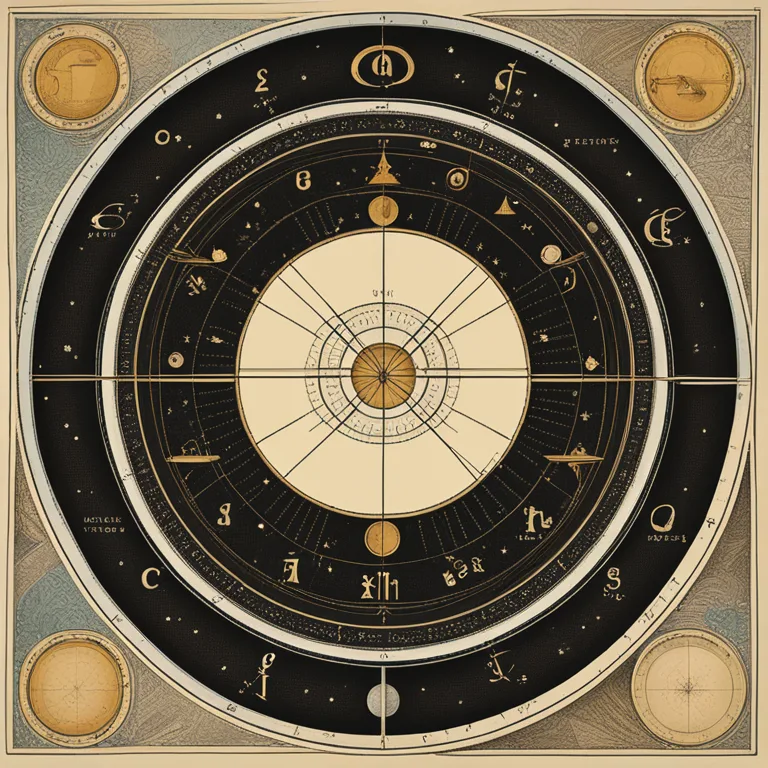
Interpreting Aspects in Modern Astrology
Interpreting birth chart aspects in 2024 and beyond marries ancient knowledge with new-age thinking. The evolution of astrology sees a blend of traditional interpretations with psychological, evolutionary, and even technological insights. As humanity delves deeper into the understanding of the cosmos and our place within it, contemporary astrological analysis reflects our growing complexity, including societal shifts and consciousness expansion. Such a multifaceted approach ensures that the interpretation of aspects within birth charts remains as dynamic and individualized as the people they represent.
Aspect Patterns and Their Significance
Certain aspect configurations in a birth chart manifest as distinct patterns, each holding special meaning. Grand Trines, T-squares, Yods, and Grand Crosses are just a few. These patterns can herald significant potentials, challenges, and turning points in life. Studying these configurations allows for a deeper comprehension of one's innate proclivities and life themes. It's an intricate dance of cosmic influence, where an individual's birth chart showcases the choreography of their soul's intentions and worldly experiences.
Published: 12/22/2023
Modified: 12/22/2023
More predictions
Come back here soon to learn more about yourself and your future

